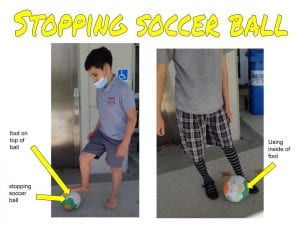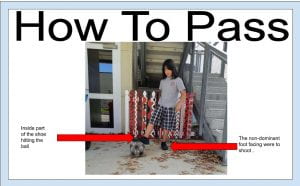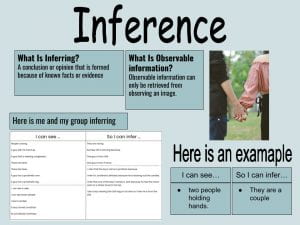We learnt about pause breathe smile, and, for PB4L we made a bathroom procedure poster.
First, we did pause breathe smile. For pause breathe smile, we had to pause and breathe. Then we talked about positive feelings, and negative feelings. some examples of posotive feelings are satisfied, exited, and joyful. Some examples of negative feelings are angry, depressed, and stressed.
Next we dicussed the bathroom procedures. The procedures we talked about were washing your hands, informing the teacher, and using the toilet for its intended purpose.
Lastly we created a poster explainning the bathroom procedures.
I enjoyed this task becuase I like creating posters. I think I did good at creating this poster.


